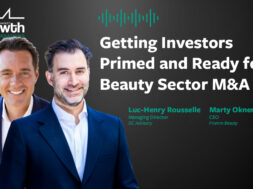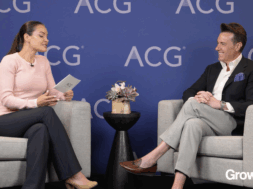Eye of the Beholder
A focus on storytelling and transparency is helping small and midsize brands win market share against well-established competitors.
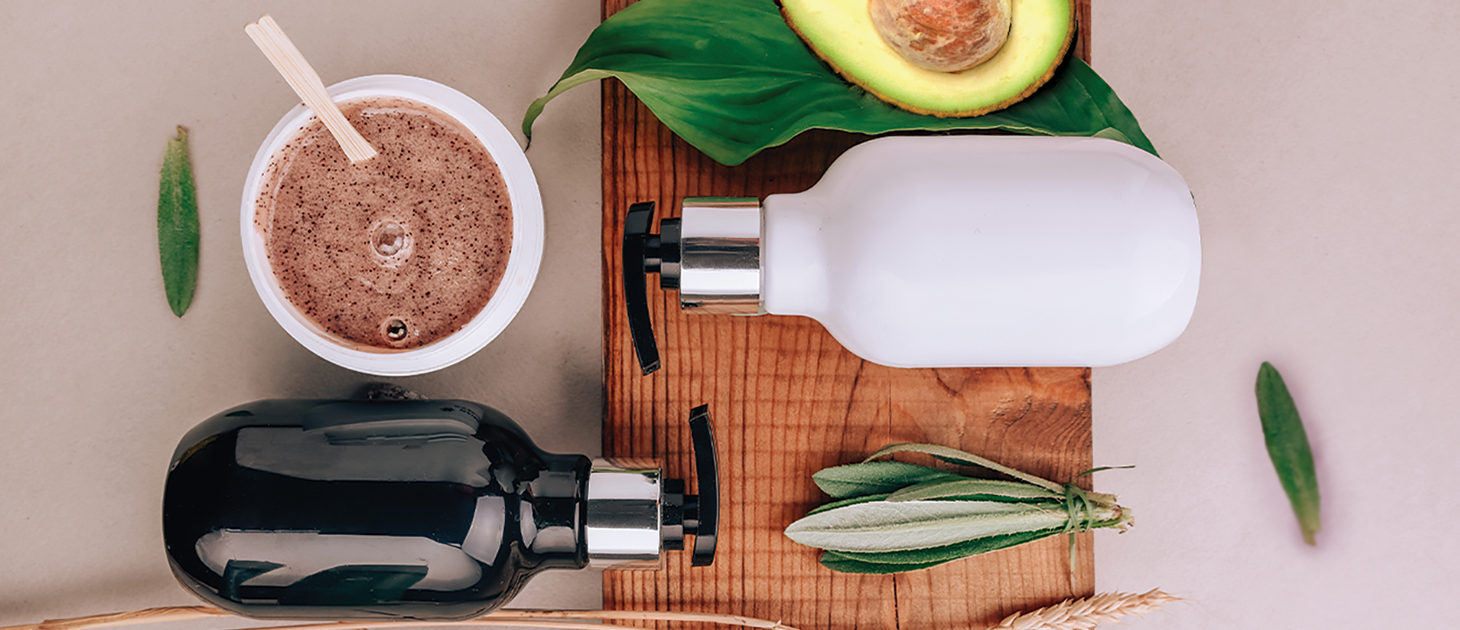
Enabled by social channels and shopping apps, many consumers are bypassing legacy beauty companies in favor of boutique luxury and direct-to-consumer brands. Smaller companies are seizing the opportunity.
Despite having fewer resources, a focus on storytelling and transparency is helping small and midsize brands win market share against well-established competitors.
dpHUE is one midsize beauty company that is using social media in innovative ways to communicate with customers. Using B2B and B2C channels, the company leverages content to expand its reach.
In 2017, dpHUE launched an in-house content studio, dpHUE House, which doubles as an invitation- only Los Angeles hair studio whose visitors have included Jennifer Aniston, Miley Cyrus and Gwyneth Paltrow.
Led by celebrity colorist and dpHUE House Co-founder and Chief Experience Officer Justin Anderson, the content studio has supported personalized communications and influencer endorsements. From the brightly lit studio, Anderson records a podcast, “In the Chair,” which features “hair-chair conversations” and personal stories told by Anderson and his clients. Video clips and photographs of the studio are prominently featured on Instagram accounts belonging to dpHUE, Anderson and countless celebrities.
Influencer collaborations are another effective part of dpHUE’s strategy. Recently, Anderson partnered with former “Laguna Beach” star Kristin Cavallari on a co-branded, heat-activated highlighting blonding brush, which lightens and conditions hair. The product appeared during an episode of “Very Cavallari,” Cavallari’s show on the E! network. A QR code was displayed on the screen along with the brush, enabling viewers to scan the code and purchase the product.
Going NaturAll
Celebrity endorsements are powerful, but a good personal story can go a long way in fortifying a brand’s narrative. Take NaturAll Club, a Philadelphia-based subscription service for kinky- and curly-haired women. Muhga Eltigani, the company’s 28-year-old founder, began her journey as a college student with hair damage, a handful of fruit and a modest YouTube following.
Frustrated by the damage caused by chemicals in her hair products, Eltigani started looking for alternatives. When she couldn’t find anything on the market, she decided to create a product herself. After learning that avocado can benefit hair and skin, Eltigani began blending the fruit in her dorm room to create a fat-rich conditioner.
“What makes the beauty industry unique is that success can be based on how well you preserve and leverage your brand story.”
Martin Okner
President and Chief Operating Officer, dpHUE
Fast-forward eight years and NaturAll has grown to 412,000 Instagram followers and received millions in venture capital and private equity funding, including a $5 million infusion from the New Voices Fund for women-of-color entrepreneurs, created by Shea Moisture Co-founder Richelieu Dennis.
Avocado is still a mainstay in NaturAll’s products. Since Eltigani founded the company in 2016, its portfolio has expanded to include dozens of natural products whose ingredients fit with the brand’s wellness priorities, according to a company spokesperson.
Beauty Gets a Makeover
As they face off with innovative upstarts, large brands are adopting some of their competitors’ strategies. Shortly after dpHUE House launched in October 2017, L’Oréal and Avon built content studios of their own.
For Martin Okner, president and chief operating officer of dpHUE, the new content studios weren’t so much a threat as a reflection of the modern beauty landscape.
“I’m not scared of another brand opening a content studio,” says Okner, who also serves as ACG Global’s board chairman. “Brand positioning and influencer relationships are what define the experience and consumer connection.”
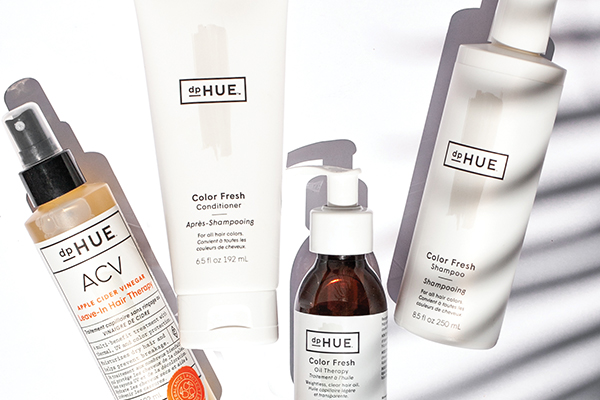
Building awareness will be key for legacy brands as they try to hold on to their share of the growing global beauty and cosmetics market, which is expected to reach $800 billion by 2021, up from $532 billion in 2017, according to Orbis Research.
As they try to compete in today’s environment, large beauty companies are developing new products and reimagining their marketing efforts, and some are looking to add new lines through M&A and partnerships.
In November, global beauty company Coty announced it had acquired a 51% stake in Kylie Cosmetics, founded by 22-year-old reality television star Kylie Jenner. The deal will help Coty, whose brands include CoverGirl, Rimmel and Clairol, appeal to younger shoppers and reach Jenner’s 270 million social media followers.
In addition to targeting the next generation of consumers, large brands are recognizing the importance of inclusivity in their product lines, having historically catered to customers with lighter complexions and Caucasian hair types.
Enter Barbadian singer Robyn Rihanna Fenty, better known as Rihanna, and her Fenty Beauty brand.
In 2017, Rihanna partnered with luxury goods company LVMH to launch Fenty Beauty. With 40 shades of foundation, the collection offered makeup products for women of all skin tones, including darker complexions. Fenty Beauty has since expanded its line further to include 50 shades of foundation and concealer.
According to Forbes, the brand’s sales are expected to exceed $200 billion by 2025, thanks in part to the buying power of African American shoppers, who make up a large share of the overall beauty market.
According to Nielsen data, in 2017 African American customers spent $54 million on ethnic hair and beauty aids, accounting for 85.6% of the category’s sales. In the broader beauty marketplace that year, black customers spent $473 million on hair care, a $4.2 billion market; $465 million on skin care, a $3 billion market; and $127 million on grooming aids, an $889 million market.
Last summer, LVMH announced that Rihanna would launch a new apparel brand, Fenty, becoming the first woman of color to have a label at the fashion house.
An Honest Approach
The era of one-size-fits-all has run its course in the beauty industry, having evolved toward products that cater to a wider array of skin and hair types and colors. But customers don’t just want personalization—they also want to know what’s in their products.
Consumers today want to understand what they’re putting on their bodies, and many are opting for all-natural, organic or sustainable alternatives to the drug store staples of the past.
That doesn’t require every company to go clean-label in order to survive, so long as they’re honest and transparent in communicating with customers, according to dpHUE’s Okner, who has worked in the beauty industry for 15 years.
“What makes the beauty industry unique is that success can be based on how well you preserve and leverage your brand story. It’s OK if all of your ingredients aren’t natural, as long as you’re transparent and don’t try to ‘greenwash’ and sway others with a natural ingredient story,” he says. “It’s about being true to your brand.”
This story originally appeared in the March/April 2020 print edition of Middle Market Growth magazine. Read the full issue in the archive.
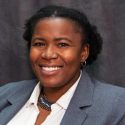
Nicole Thompson is ACG Global’s Senior Manager of Marketing and Communications.
